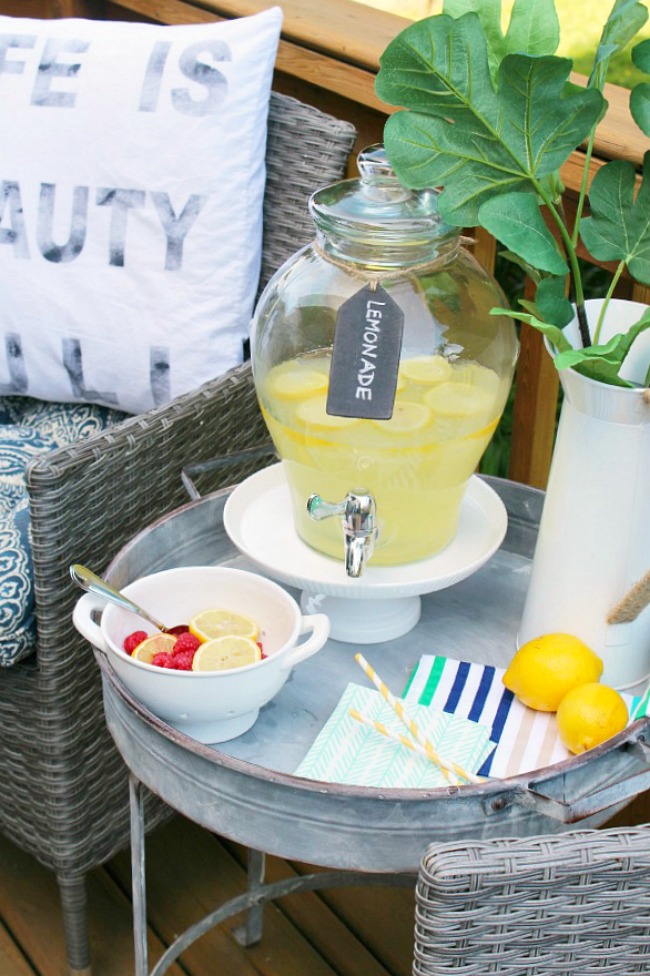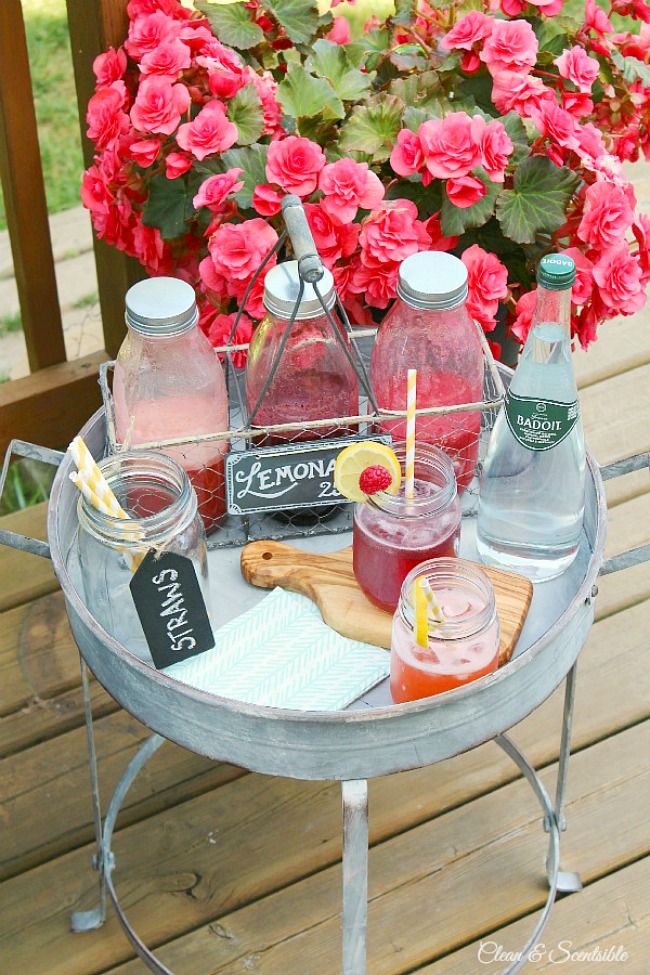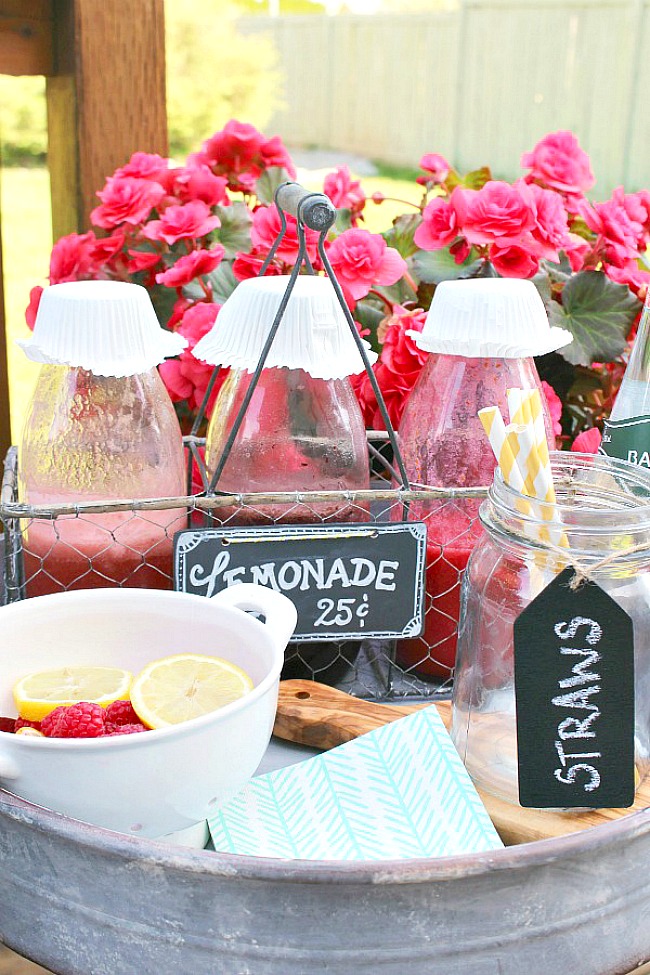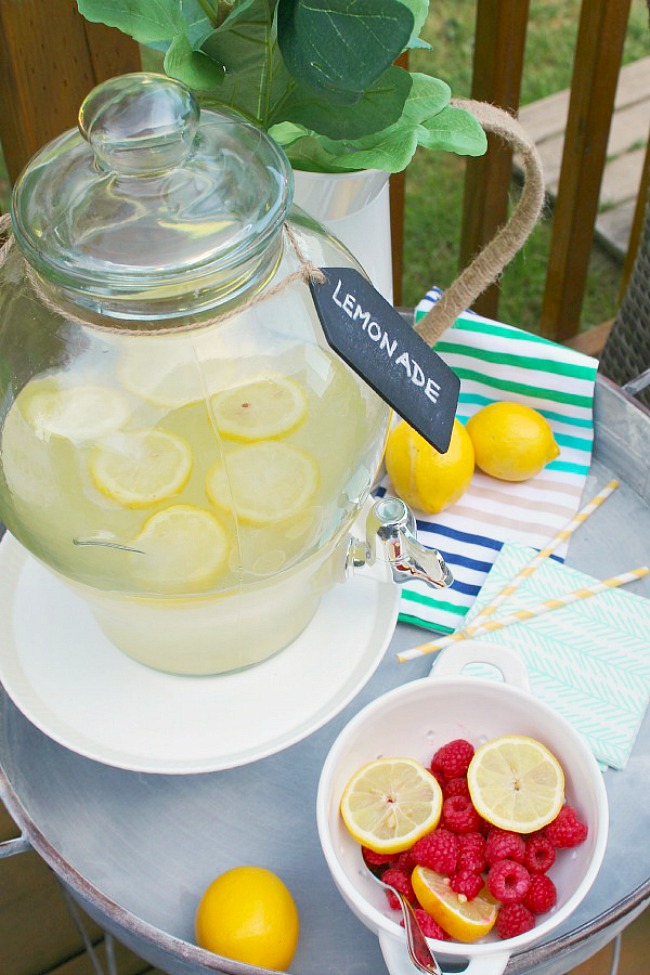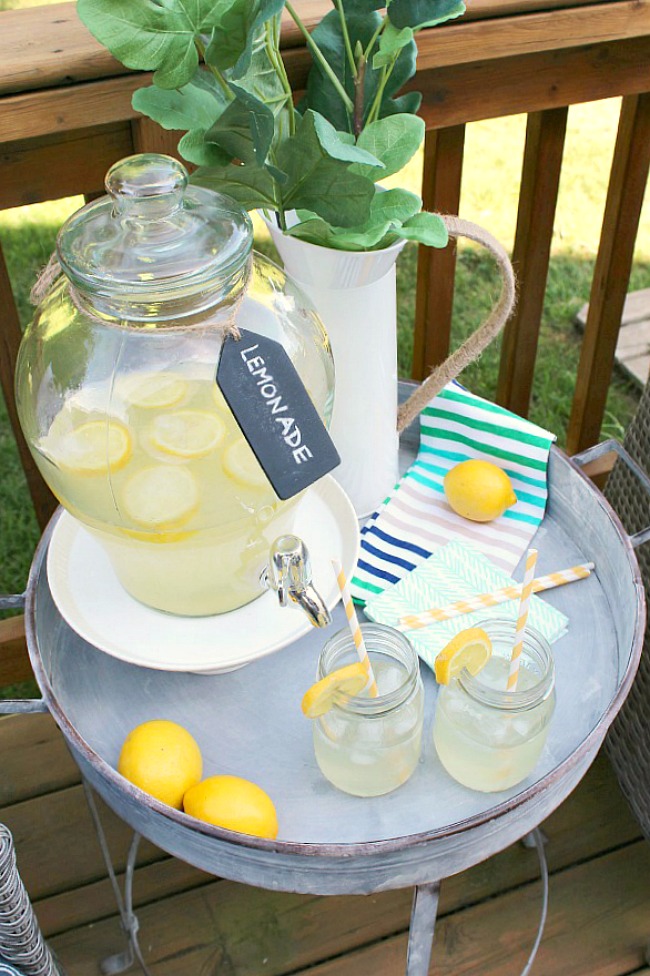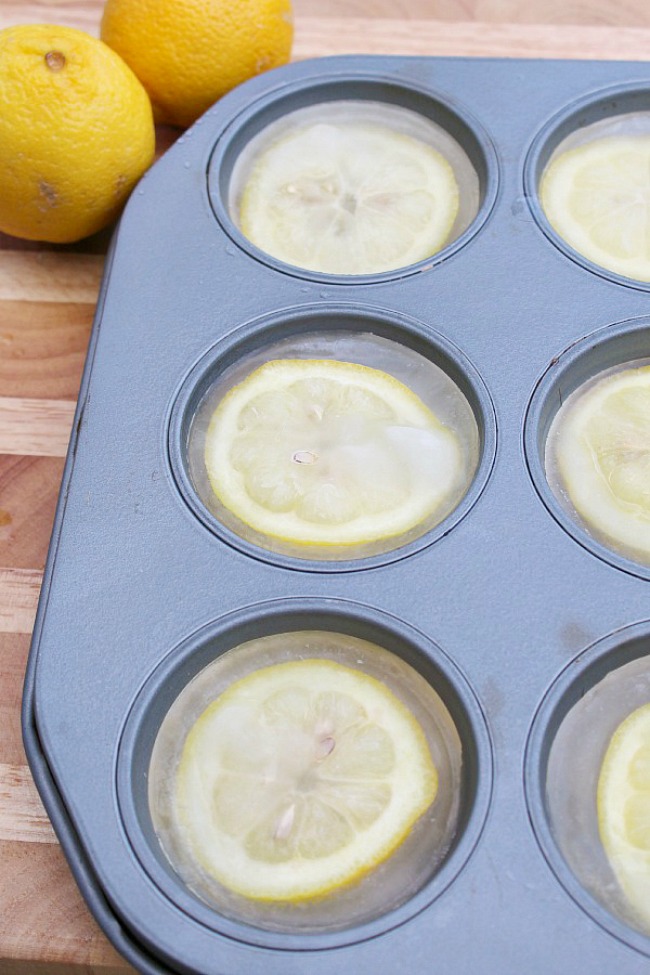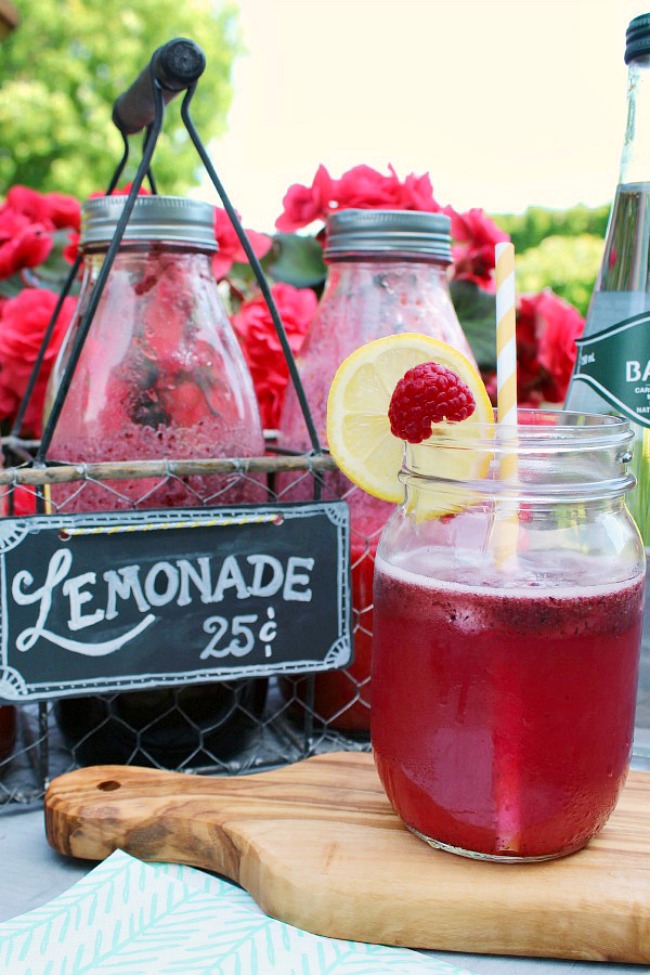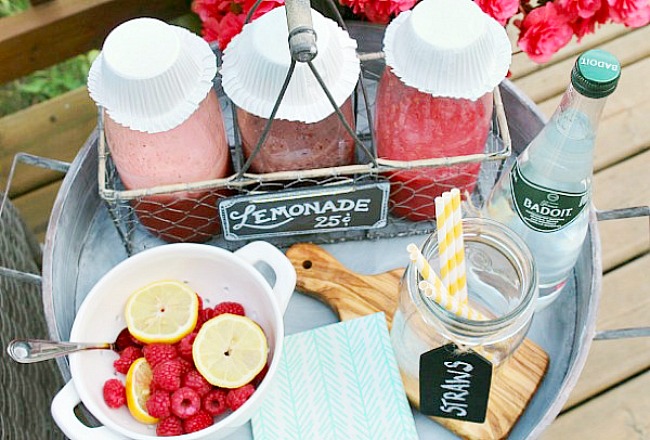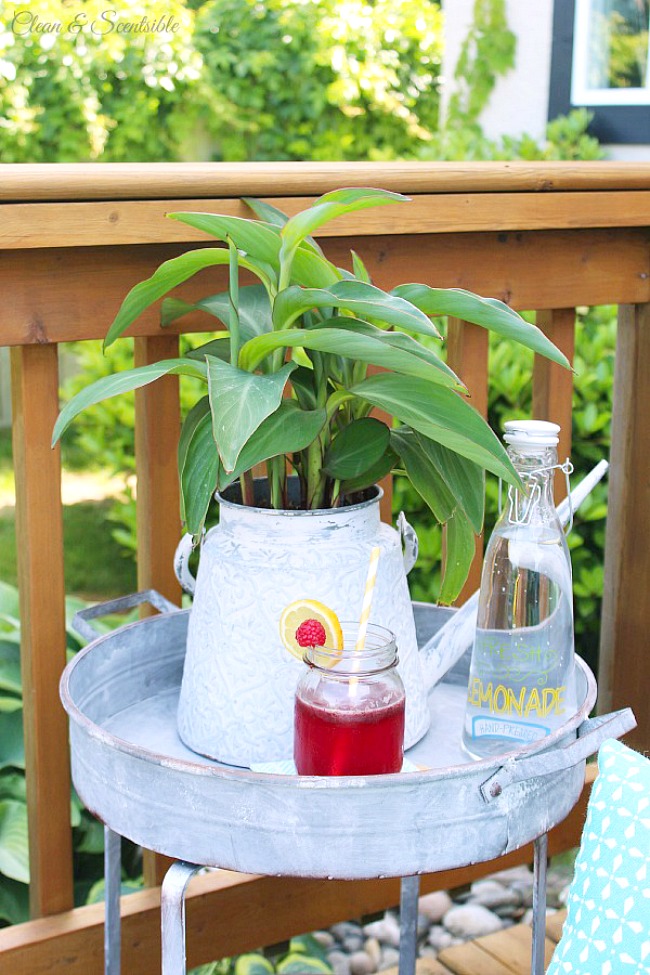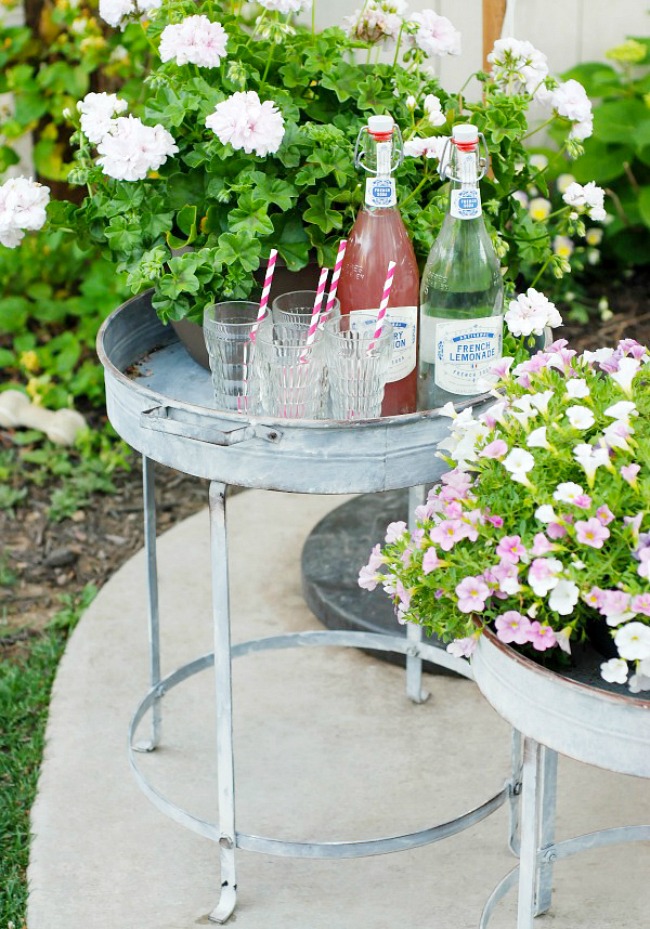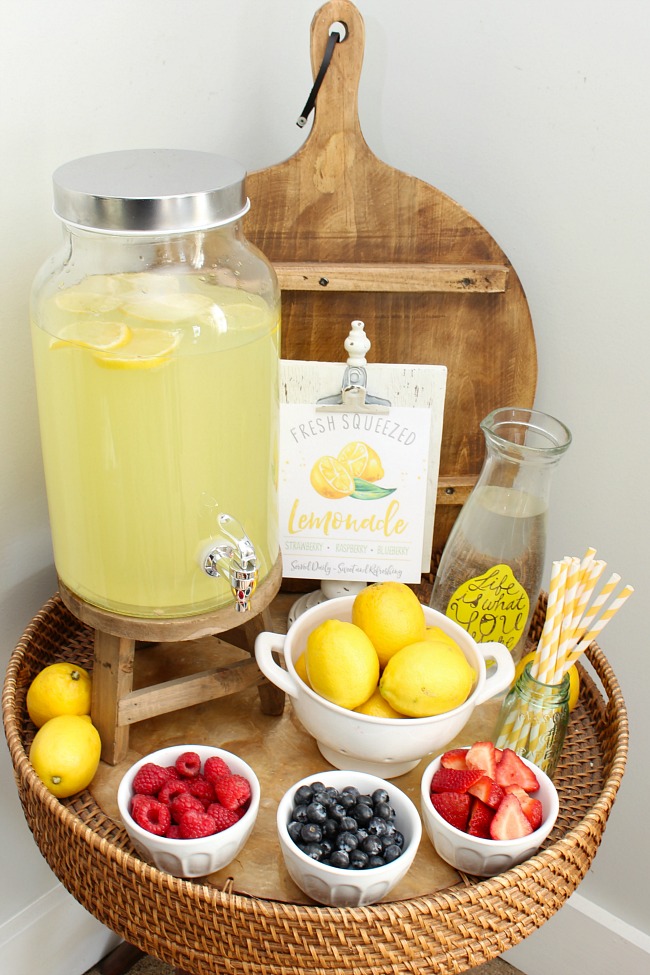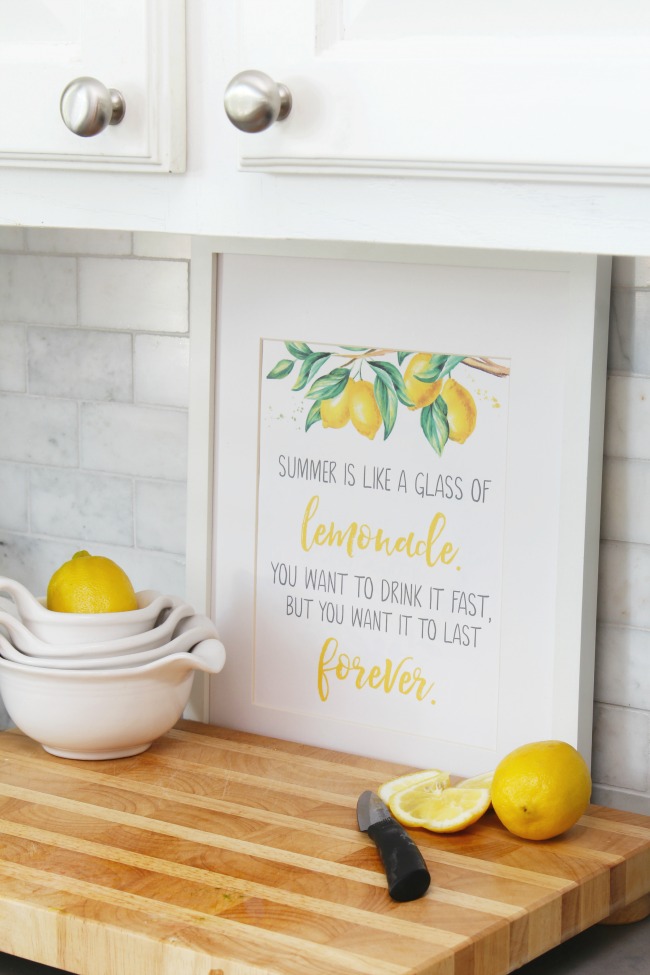How to Caramelize Onions
 |
Caramelizing onions slowly brings out the deep, sweet flavors of their natural sugars.
Caramelizing onions, by slowly cooking them in a little olive oil until they are richly browned, is a wonderful way to pull flavor out of the simplest of ingredients.
Simply Recipes / Cambrea Bakes
You Can't Rush It
Onions are naturally sweet; and as caramel comes from the simple cooking of sugar when you slowly cook onions over an extended period of time, the natural sugars in the onions caramelize, making the result intensely and wonderfully flavorful.
How to Use Caramelized Onions
You can use onions prepared this way on top of steak, or for onion soup, tarts, pizza, or onion dip. Or you can do what I did with this batch, eat it straight up. What are your favorite dishes to make that use caramelized onions? Please let us know in the comments.
By the way, I put together a time-lapse video of the caramelization process, to show how the onions cook down and caramelize over the course of an hour. Enjoy!
Simply Recipes / Cambrea Bakes
Liquids for Deglazing
In Step 3, there's a suggestion to deglaze the pan with wine (red or white) or balsamic vinegar. It's not necessary, but it will add some additional flavor. You can deglaze with these other liquids, too.
- Chicken or vegetable stock
- Bourbon
- Marsala wine
- Port wine
- Light beer (dark beer might add too much flavor)
- Apple juice
- Cider
How to Store Caramelized Onions
Refrigerate caramelized onions in a tightly covered container for up to 1 week.
Freeze caramelized onions in a freezer safe zip top bag or a freezer safe container for up to 3 months. Suggestion: Freeze portions of caramelized onions in ice cube trays. When they're frozen, pop the portions out and quickly put them in a freezer safe zip top bag and back in the freezer. They won't stick together, and you'll be able to grab as much as you need when you need it.
5 Ways to Use Caramelized Onions
- Focaccia with Caramelized Onions, Cranberries, and Brie
- Caramelized Onion Dip
- Scalloped Potatoes With Caramelized Onions
- French Onion Meatballs
- Caramelized Onion English Muffin Pizzas
How to Caramelize Onions
Quantities depend on how much caramelized onions you wish to make. In this example, 5 large raw onions yielded about 2 cups caramelized onions.
Ingredients
Several medium or large onions, yellow, white, or red
Extra virgin olive oil
Butter, optional
Kosher salt
Sugar, optional
Balsamic vinegar, optional
Method
- Cut the onions root to tip:
Slice 1/2-inch off the stem ends of the onions and the roots off of the root end. Place the onions cut side down on the cutting board. Cut them in half through the root end. Peel back the peels from the onions.
Lay the onions cut side down and make angled cuts into each onion, aimed at the center, cutting almost all the way, but not completely through the root end. Make the cuts to your desired level of thickness.
The root end will help hold the onion together as you cut it, making it easier to cut. Then cut a V in the root end to cut out the tough root holding the slices together.
Simply Recipes / Cambrea Bakes
Simply Recipes / Cambrea Bakes
Simply Recipes / Cambrea Bakes
Simply Recipes / Cambrea Bakes
- Heat the olive oil and add the onion:
Use a wide, thick-bottomed sauté pan for maximum pan contact with the onions. Coat the bottom of the pan with olive oil, or a mixture of olive oil and butter, if using (about 1 teaspoon per onion).
Heat the pan on medium high heat until the oil is shimmering. Add the onion slices and stir to coat the onions with the oil. Spread the onions out evenly over the pan and let cook, stirring occasionally.Depending on how strong your stovetop burner is you may need to reduce the heat to medium or medium low to prevent the onions from burning or drying out.
After 10 minutes, sprinkle some salt over the onions, and if you want, you can add some sugar to help with the caramelization process. (I add only about a teaspoon of sugar for 5 onions, you can add more.) One trick to keeping the onions from drying out as they cook is to add a little water to the pan.
Simply Recipes / Cambrea Bakes
Simply Recipes / Cambrea Bakes
- Stir the onions every few minutes:
Let the onions cook for 30 minutes to 1 hour more, stirring every few minutes. As soon as the onions start sticking to the pan, let them stick a little and brown, but then stir them before they burn.
The trick is to leave them alone enough to brown (if you stir them too often, they won't brown), but not so long so that they burn. After the first 20 to 30 minutes you may want to lower the stove temperature a little, and add a little more oil, if you find the onions are verging on burning.
A metal spatula will help you scrape up the browned bits from the bottom of the pan as the caramelization proceeds. As the onions cook down, you may find you need to scrape the pan every minute, instead of every few minutes.
Continue to cook and scrape, cook and scrape, until the onions are a rich, browned color. At the end of the cooking process you might want to add a little balsamic vinegar or wine to help deglaze the pan and bring some additional flavor to the onions.
Store refrigerated for several days in an air-tight container.
What's your favorite way to use caramelized onions? Let us know below and leave us a rating and review if you enjoyed this recipe!
Simply Recipes / Cambrea Bakes
Simply Recipes / Cambrea Bakes
| NUTRITION FACTS(PER SERVING) | |
|---|---|
| 51 | CALORIES |
| 3g | FAT |
| 6g | CARBS |
| 1g | PROTEIN |
:max_bytes(150000):strip_icc():format(webp)/Simply-Recipes-Caramelized-Onions-Lead-7-54c7b8a2e7494f258bc3b68b9edb3614.jpg)
:max_bytes(150000):strip_icc():format(webp)/Simply-Recipes-Caramelized-Onions-Lead-8-b2aaaa8da106404d8ead7bdab02d5cbc.jpg)
:max_bytes(150000):strip_icc():format(webp)/Simply-Recipes-Caramelized-Onions-Method-1-10fa19c82ade4786b60e649298f353f4.jpg)
:max_bytes(150000):strip_icc():format(webp)/Simply-Recipes-Caramelized-Onions-Method-2-d1be3898cc0047a39309ba3a9d241b7a.jpg)
:max_bytes(150000):strip_icc():format(webp)/Simply-Recipes-Caramelized-Onions-Method-3-1203fb87c7ef4e3ba2a223b200d03fe8.jpg)
:max_bytes(150000):strip_icc():format(webp)/Simply-Recipes-Caramelized-Onions-Method-4-f4e02f8a7dcc4e6cb31d51521c13013a.jpg)
:max_bytes(150000):strip_icc():format(webp)/Simply-Recipes-Caramelized-Onions-Method-5-06e1213b7d204618bde7b504e8855bca.jpg)
:max_bytes(150000):strip_icc():format(webp)/Simply-Recipes-Caramelized-Onions-Method-6-5e03f6bba5b145f89720df9c708fee2f.jpg)
:max_bytes(150000):strip_icc():format(webp)/Simply-Recipes-Caramelized-Onions-Method-7-79134c53c93942768a5e49c1f32ae32b.jpg)
:max_bytes(150000):strip_icc():format(webp)/Simply-Recipes-Caramelized-Onions-Method-8-cc5bdc0ab5664b19b65c0d4519ee0c85.jpg)

